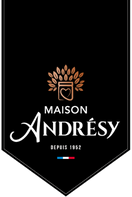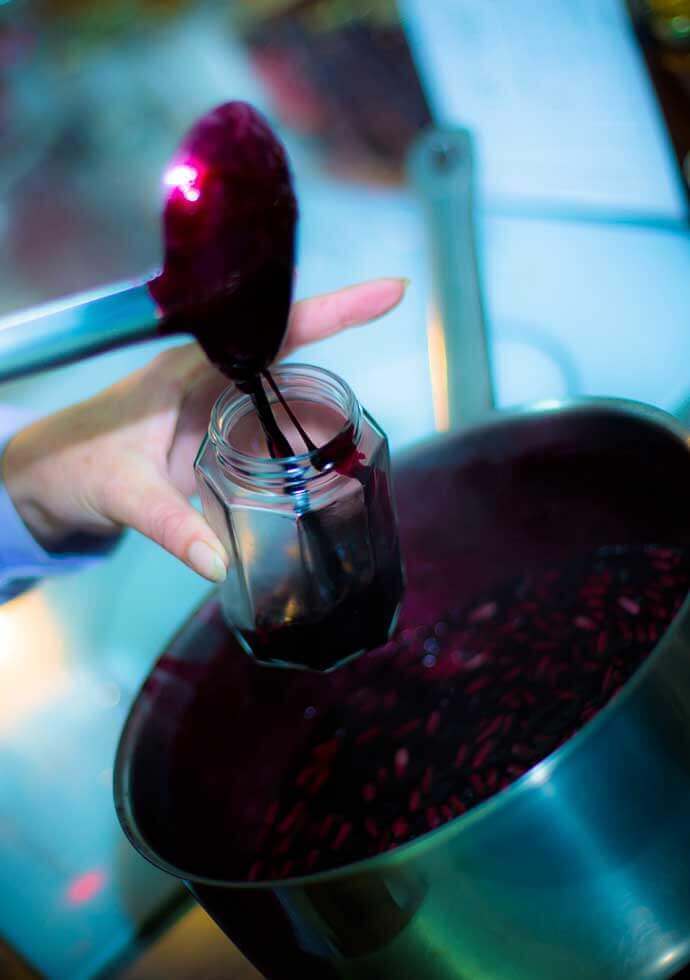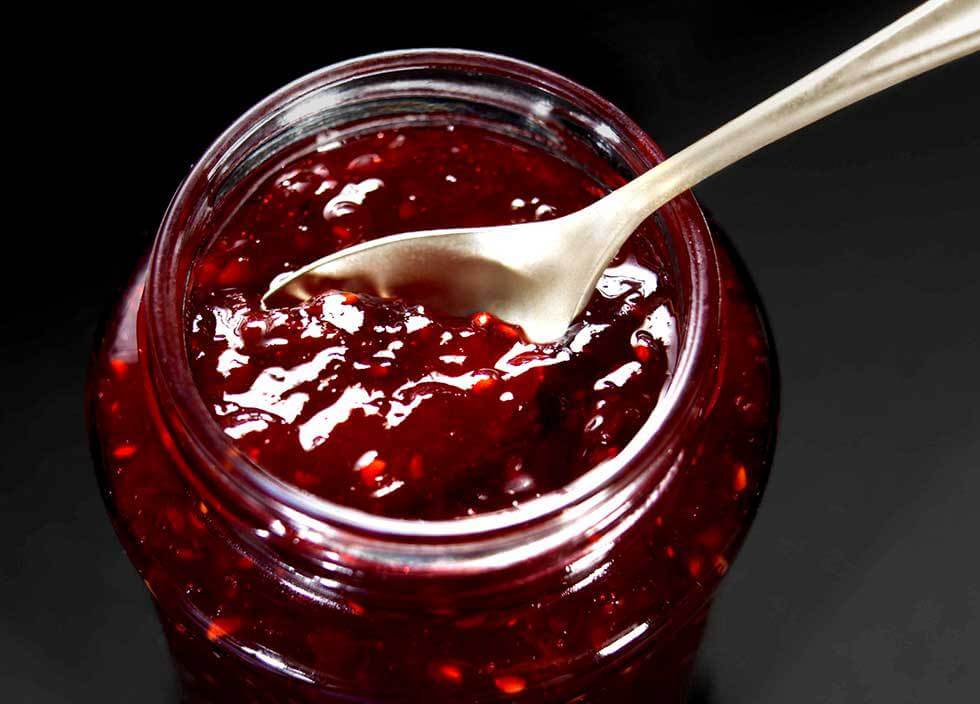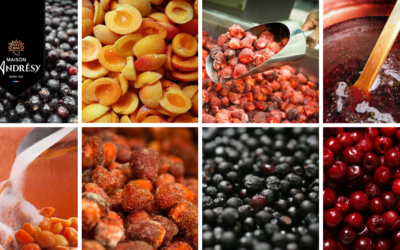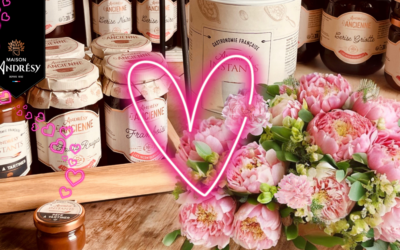Jam trends: four seasons to enjoy all year round
08
The basic requirement for Andrésy Confitures’ recipes is the best fruit, harvested at optimal ripeness. With modern fruit conservation techniques, the company can keep its customers happy throughout the year and be ready when new jam trends emerge.
Apples used to be kept in the cellar so that they could still be enjoyed even several months after harvesting. This didn’t work, though, for fruit with a high water content, such as red berry fruit. To prevent the fruit going off, it had to be preserved in sugar. This was how jam came to be invented: the process made it possible to enjoy summer fruit all winter long.
From a locally-grown, home-made product, jam has evolved into what it is today thanks to modern technologies for preserving fruit, which have made it easier to transport.
From fresh fruit to frozen fruit
In the beginning, Andrésy used to rush to cook the fruit harvested in orchards in the Île-de-France region, very close to the workshop. It processed the fruit growers’ produce, then delivered the bottled jam back to them, which they then sold themselves.
New consumption patterns have changed all that, creating demand for more and more varieties and ever-greater quantities. Fruit growers seized the opportunity and formed cooperatives to sell their production.
The fruit was sorted, tailed, de-seeded, prepared and calibrated… but there was still no way to conserve the fruit during transport. Quick-freezing technology solved that problem and has been steadily improving ever since. Today, the Individual Quality Frozen (IQF) system makes it possible to freeze small quantities and each fruit can be processed individually.
This is real advantage:
– the frozen fruit retains all of its qualities and freshness;
– Andrésy no longer needs to be right next to the fruit trees to make its jam;
– the company can take the time to check the quality of the fruit;
– it has the latitude to organise and schedule the work.
Most importantly, though, it uses fruit that is at the optimum stage of ripeness, and frozen as it is picked. Deliveries are still grouped, though, to reduce the inconvenience caused by traffic between the harvesting areas and its workshops.
« No matter how big or small the harvest is, work with only the best fruit. »
Good fruit, all year round
When the fruit is ripening in the trees in spring, the growers are always a bit worried until the “Ice Saints” have come and gone! This is a crucial period, around mid-May, which has a decisive effect on the state of the harvest. Until then, they can only cross their fingers and keep a close eye on changes in the weather in each region, and their consequences on the orchards. In early June, Andrésy sends out its provisional requirements to the fruit growers, who must meet the technical specifications for each type of fruit.
Few people are aware, in fact, that the fruit they buy on the market or grow in their own garden may not be right for making jam. Andrésy chooses varieties that are particularly suited to cooking premium jams, and prepares them in a way that brings out their flavour when they are cooked in copper jam pans.
Anticipating trends in jam
The uncertainties of the weather and fierce competition mean that sometimes there is simply not enough fruit available. This is why Andrésy has a strategy of setting aside reserves during good years to offset shortages in lean years. This is not always easy, since French figs, for example, or certain varieties of strawberry or raspberry are in great demand.
But, whatever the harvest levels, Andrésy is duty-bound to honour its customers’ orders and meet their demand for quality. It must also continue to innovate and anticipate trends in jams so that it can win new customers and expand into new sales areas.
New: Andrésy Bio is now available! New recipes, new design… Why choose an organic jam for your establishment?
Accueil 16April 2024Did you know that Maison Andrésy was one of the first jam makers to market an organic jam? Long before stores and consumers became aware of the benefits of organic produce, Maison Andrésy created a tailor-made jam for Monoprix stores. This...
Wondering which fruits are best for making jam ? Maison Andrésy, your expert in fruit sourcing, gives you its selection criteria!
Accueil 6April 2024 In 2021, the Cassan family, who have run Maison Andrésy for 3 generations, decided that the motto of the family jam factory would be: "Sourcing the best of Nature to offer you the excellence of our know-how". For us, this means we're committed...
5 tips for a successful Mother’s Day top-up sale with Maison Andrésy gift ideas
Accueil 1 April 2024 Mother's Day is a springtime must for families and, of course, for your May top-up sale. At any age, you'll want to take advantage of Mother's Day to honor and thank your mom. But with what original Mother's Day gift? This is where your advice...
